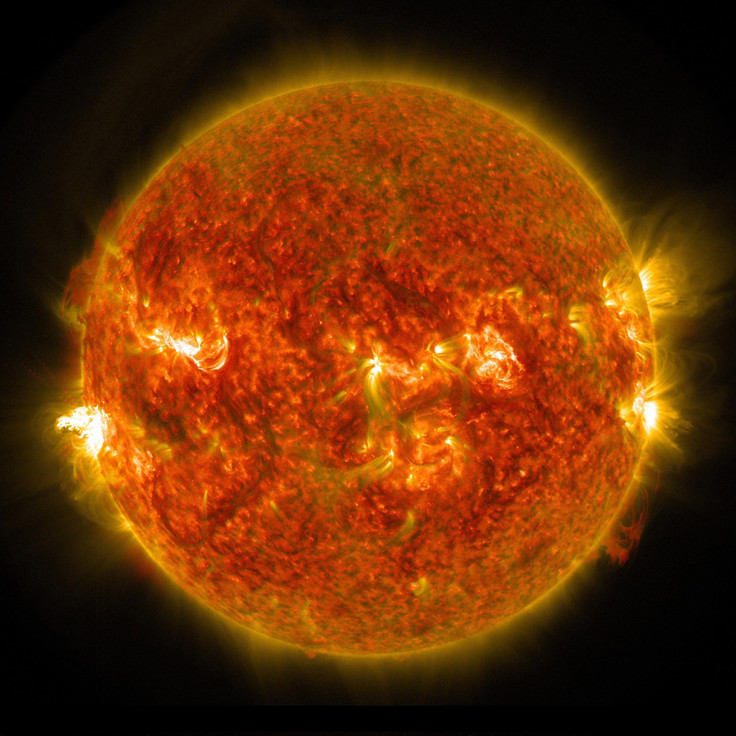Solar Flare Live Stream Online: When and Where to Watch X-Class Flare Headed for Earth

The sun fired off an X-class solar flare, the most powerful classification, at 1:46 pm EDT from Active Region 2158 today.
According to Nasa officials, the solar flare qualifies as an X1.6 storm but confirmed that it poses no danger to anyone on Earth or the astronauts living in the International Space Station. However, it warned that some people's lives may be affected by the solar tempest.
National Weather Service's Space Weather Prediction Center (SWPC) wrote in an online update, "Impacts to HF [high-frequency] radio communications on the daylight side of Earth are expected to last for more than an hour."
However, the effects of the solar flare could be felt later this week, if the sunspot also fired off a cloud of superhot plasma known as a coronal mass ejection (CME).
The National Weather Service's Space Weather Prediction Center wrote on its Facebook page, "Initial information suggests that CME is likely associated with this event, but further analysis is underway at this time,"
Officials at the National Oceanic and Atmospheric Administration (NOAA) believe that this flare may have created a CME, but they aren't sure as to how strong it can be.
CMEs are the blast of plasma fired off by very active flares. It can trigger geomagnetic storms on Earth two to three days after erupting from the sun. Such geomagnetic storms can temporarily disrupt GPS signals, power grids and radio communications, reported NBC news.
Slooh astronomer Bob Berman said in a statement, "What solar experts fear most is a recurrence of the huge Coronal Mass Ejection events of 1921 and 1859."
According to Berman: "A government-sponsored panel in 2008 estimated that such a solar event today would likely destroy the US electrical grid, inflict a staggering $1 to $2 trillion dollars worth of damage, and require over a year to repair. So it's more than of mere academic interest to monitor and observe these violent events as they unfold. Plus, they're amazing to watch."
You will also be able to see the flare in action, live on the Internet. The Slooh Space Telescope will be transmitting a video of the sun from Prescott, Arizona, beginning on Thursday afternoon at 1:00 pm EDT.
Viewers can ask questions to Slooh's astronomers on Twitter, using the hashtag #Sloohflare, during the broadcast.
Watch the livestream here, starting at 6 pm BST on Thursday, September 11.
© Copyright IBTimes 2025. All rights reserved.





















